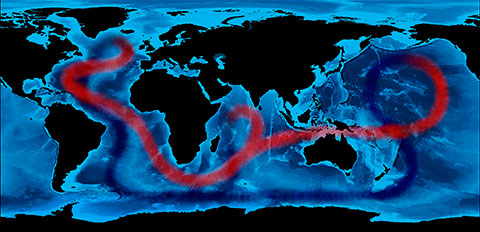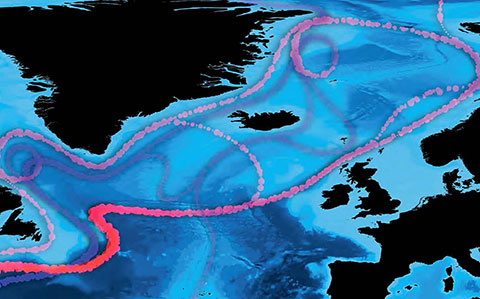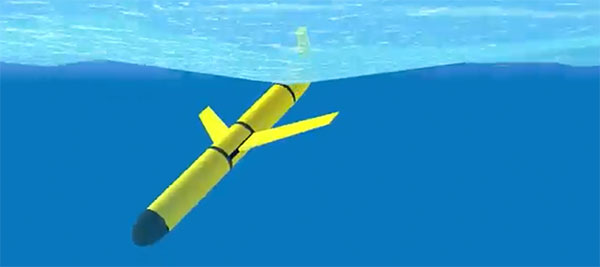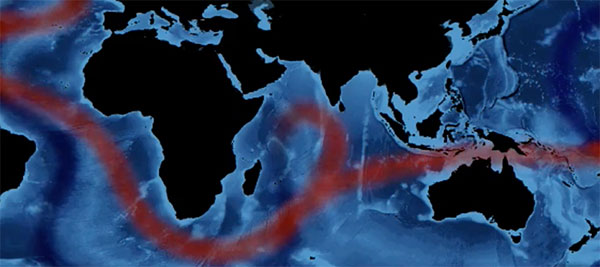
The global Ocean Observation Network ARGO

Up until a few years ago it was an oceanographer's dream – now it is reality: an extensive, worldwide network of measuring instruments for ocean observation. The so called ARGO program includes more than 3,500 deep sea drifters which are autonomous buoys packed with modern technology that can record a multitude of data in the ice-free seas.
The drifter dives to a depth of 2,000 meters. Ten days later it ascends and simultaneously measures parameters such as temperature, salt concentration, pressure, perhaps also oxygen concentration. The data is transferred via satellite. Over 30 countries participate in the ARGO program, deploy the instruments and evaluate the data. Climate and marine researchers use the data from 100,000 ARGO measurements every year in order to understand phenomena such as El Niño or hurricanes. The observations in the North Atlantic are especially important for Northern Europe and Germany for the early detection of climate fluctuations.
Global Ocean Circulation


Driven by the sun and wind, the system of ocean currents, which connects the seas, influences global climate. The water masses of the oceans are constantly moving: at the surface, where the surf is visible, and throughout all depths. The circulation in the oceans consists of many turbulent vortexes that connect over great distances to form the ocean currents. Together the currents form the global ocean circulation as a kind of global conveyor belt. At the surface, warm water masses move towards the poles, transporting heat from the equatorial regions to the polar regions. There, they sink down due to intensive cooling and move back towards the equator at depths of two to three kilometers. These undercurrents are not directly propelled by the winds, their driving mechanism are differences in density. Thus variations in temperature and salinity at the surface cause huge masses of water to move through the oceans.
For instance, the wind driven Gulf Stream in the Atlantic – also called hot water heating – is in part responsible for the mild Northern European climate. Further north, in the sub-polar North Atlantic, North Atlantic Deep Water is formed through intensive cooling. At greater depths it moves southward all the way through the South Atlantic and then joins the Antarctic Circumpolar Current. This is Earth's largest ocean current, flowing around the Antarctic continent. From there, the deep water masses move north into the Indian and Pacific oceans, where they return to the surface in equatorial areas. One full circulation takes approximately 1,000 years. Data from the past has revealed that the circulation did not always function in this way. Changes in the global ocean circulation used to always be connected to changes in climate. It is not clear whether the atmosphere affected the ocean or the ocean affected the atmosphere. Oceanographers, mathematicians and geologists are exploring the complex interactions of the past as well as the current conditions, in order to better understand our climate system and to predict future developments.

